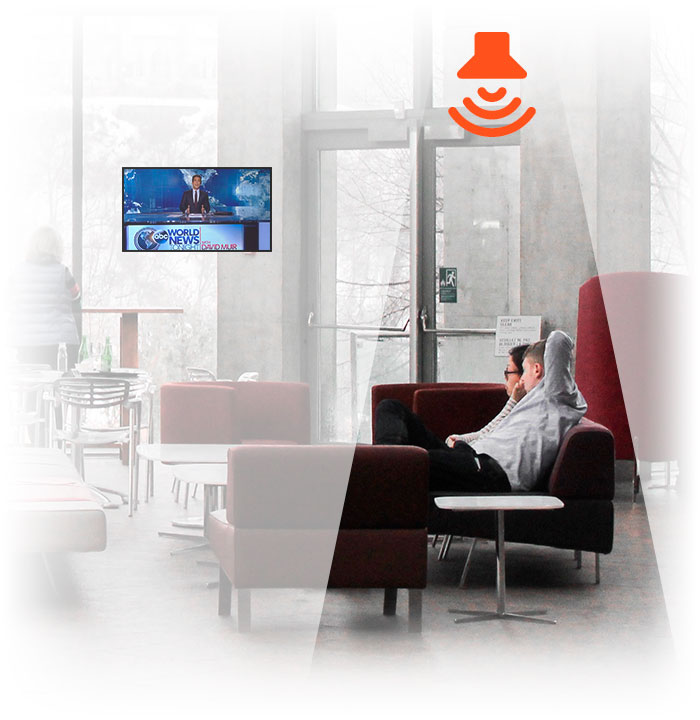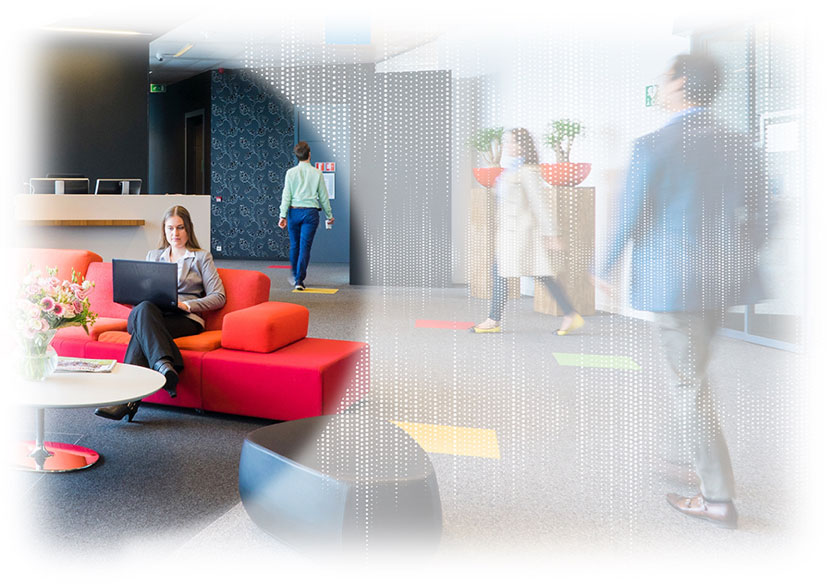Sound Design
Modern advances in neuroscience have shown a direct correlation between audio stimulus and our emotional state.
The “universal language of emotion”, music, can elicit some of the most profound emotional responses we can experience, while unexpected, loud, or startling noises can signal the body’s sympathetic nervous system to induce the Acute Stress (fight-or-flight) Response. Even when sleeping, the Reticular Activation System, a bundle of neurons at the base of the brain, is always listening and tasked with decoding auditory stimulus to determine what warrants signaling the cortex to wake the rest of the body, and what can be ignored to continue the rejuvenating sleep cycle.
Understanding that our auditory environment can have profound effects on us physiologically, cognitively, psychologically, and behaviorally motivates and inspires us to design and implement solutions that have a meaningful impact for our clients within their spaces.


By applying the basic principles of acoustics, we achieve:



